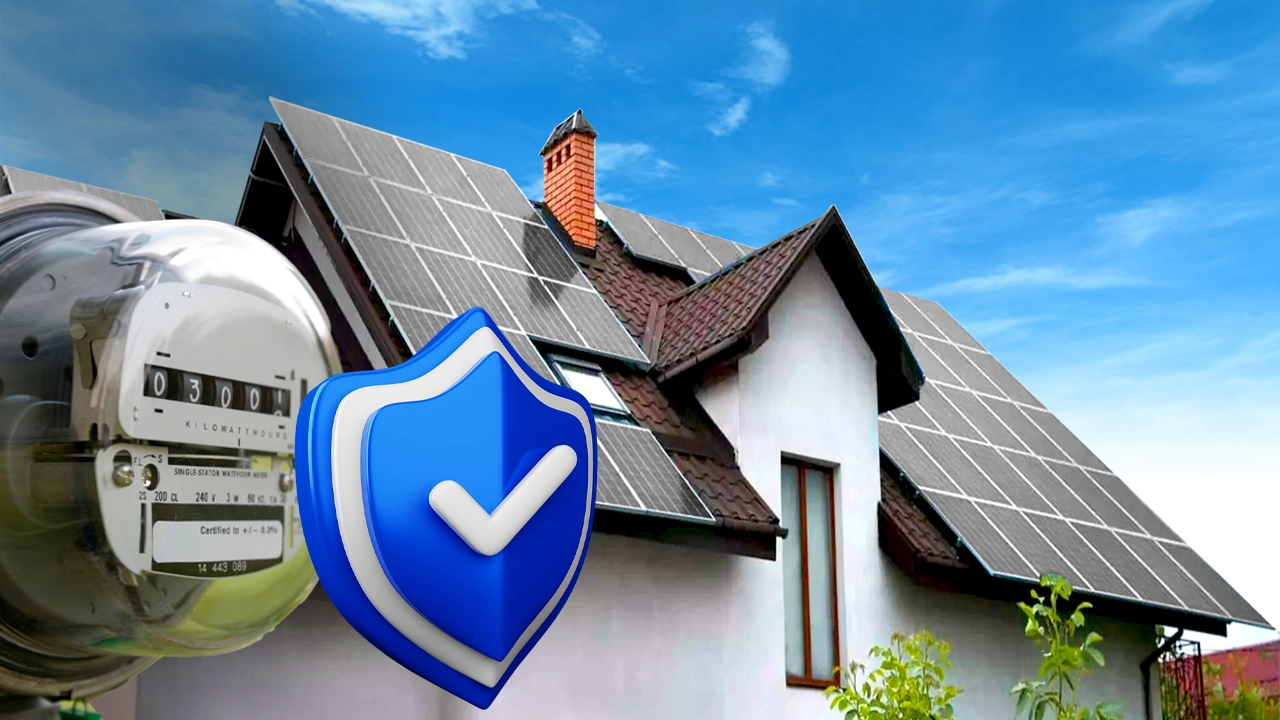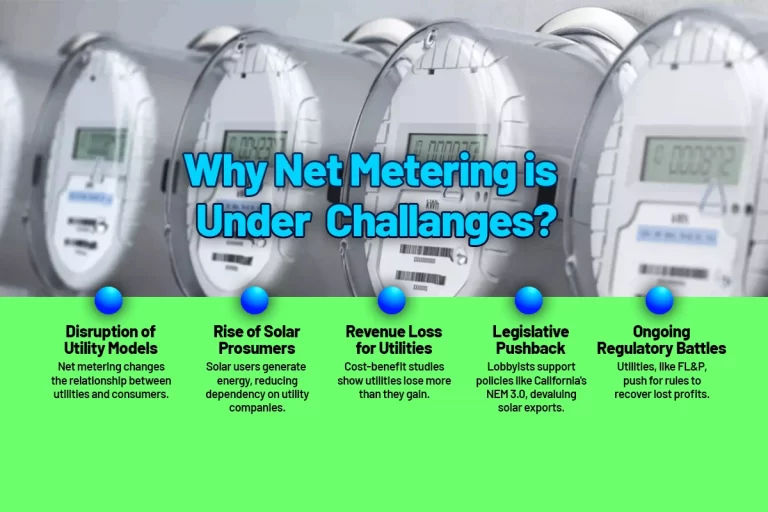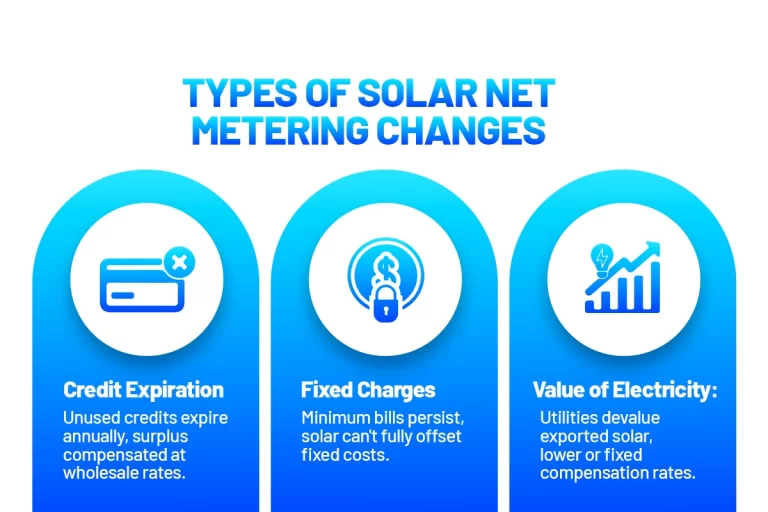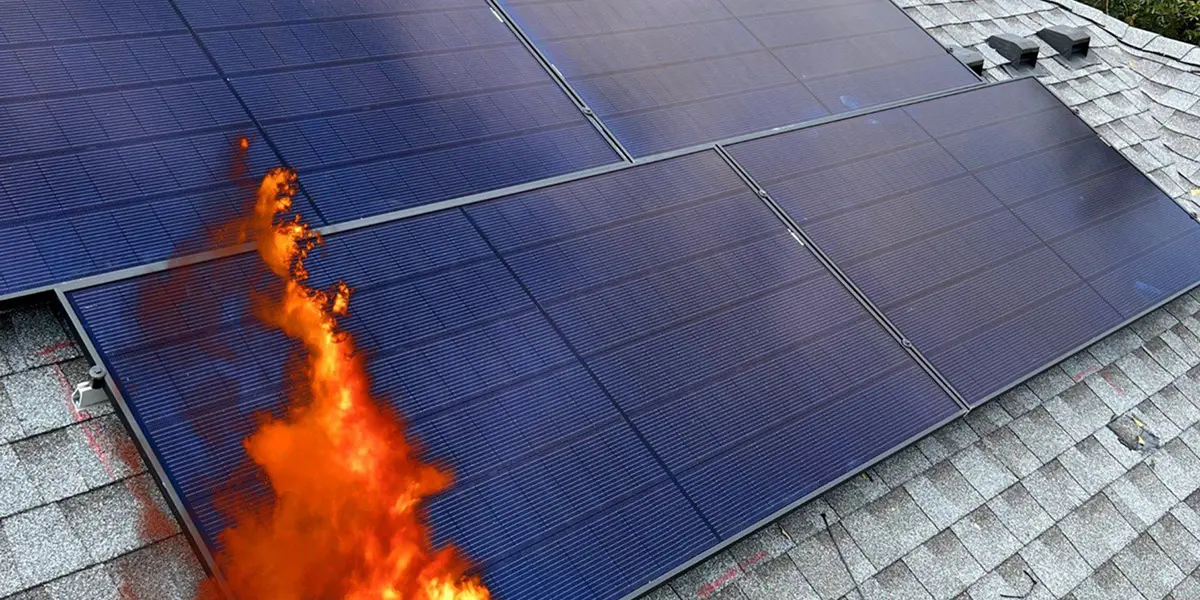- Published On:
How to Protect Against Changes to Net Metering Policies?
One of America’s most effective solar incentives is net metering. It has driven the growth of residential solar with laws in over 40 states and U.S. territories. Net energy metering allows homeowners to reduce their energy expenses, making the investment in a home solar system worthwhile. Over 5 million residential solar systems were installed in the United States in 2024 due to net metering regulations. Also, industry experts anticipate that the number will double by 2030. However, as distributed solar continues to grow, utility companies and grid operators are implementing several adjustments and reducing the availability of net metering as they struggle with dispersed grids.

This article highlights why net metering is changing in the United States. Also, we will guide you on protecting yourself against these changes to maximize your savings in the long run.
How does traditional net metering work?
Customers are only charged for their net consumption during a billing cycle under standard net metering. So, they can offset utility energy charges or earn credits by sending excess power to the grid. Consequently, a client can use excess energy credits to offset their evening demand and reduce their electric bill to almost zero when solar is not working or at night.
How does net energy metering help in grid stabilization?
In addition to reducing electricity costs for homeowners, net metering eases the burden on the power infrastructure and increases access to sustainable energy. One type of distributed energy generation (DER) is rooftop solar. This option allows generating electricity at or close to the point of use. All ratepayers can get clean power when your home solar system returns excess energy to the grid.
The lower-voltage distribution lines of a utility often link to distributed systems. DER systems minimize the energy loss on longer transmission lines because they have a shorter distance to go. As a result, every home will benefit from clean, stable electricity, especially during peak demand hours. However, according to some critics, DER systems like solar pose a threat to the grid. This is because conventional systems weren’t built for two-way energy flows. However, modern technology and battery storage enable the grid to better integrate solar by storing energy and optimizing its use.
Why is net metering under challenges?

Despite its advantages, net metering weakens the traditional utility paradigm by modifying the dynamics between power consumers and utilities. Solar-equipped homes generate and use energy through net metering (and they consume significantly less). Americans now have more energy options due to the emergence of this new “prosumer,” which encourages competition and innovation in the energy industry. It’s a win for everyone except investor-owned utilities. On the other hand, cost-benefit evaluations carried out in many states usually agree that the net metering cost to big utility companies exceeds the total benefit of all utility customers.
Moreover, utility lobbyists are still opposing this solar-friendly strategy. The California Public Utilities Commission (CPUC) passed NEM 3.0, which benefits large utilities, after nearly 2 years of contentious debates. Although modernizing the grid is the goal, they do so at the expense of rooftop solar. California’s new net billing approach puts the value of solar panels at risk, unless a battery is installed or the system size is cut in half, as it devalues exported solar power by 75%.
On the other coast, the biggest American electricity company, Florida Light & Power, is still pushing for regulatory changes. Florida Governor Ron DeSantis vetoed a bill that would have allowed public utilities like FL&P to charge solar consumers more to make up for lost revenue, which was a victory for the solar sector. The battle isn’t over, though.
How is solar net metering changing?
Changes to net metering policies fall into three general categories:

1. Credit Expiration:
Many utilities have an annual credit expiration date. The billing year may end on a particular day or depending on the system installatin. Customers can apply their excess generation credits to future months during the one-year billing period. Any unused credits will expire at the end of a customer’s annual period. Customers may compensate for their surplus generation with a small amount based on the wholesale price of electricity.
2. Fixed Charges:
Customers of several utilities get fixed or minimum bills, recorded independently from energy charges and, in many cases, cannot be offset by excess solar production. Also, some utilities specify a percentage of the electricity rate as non-bypassable, including the three biggest in California. This implies that whether or not the customer generates enough solar energy to offset it later, they will always get bill for a portion of the energy they purchase from the grid.
3. Value of Electricity:
Some utilities devalue the energy produced by the PV system by defining a lower value for power sold to the grid. This usually occurs as a percentage reduction. For example, the utility may only provide the consumer 85% of the cost of an equivalent amount of kWh purchased from the grid. On the other hand, some utilities set a lower, fixed value for power sent to the grid. This means that the customer receives a fixed rate for their exports, regardless of their current tier or time of use (TOU) period.
As net energy metering policies are changing rapidly, now is the time to invest in solar with battery backup. You will have a better chance to include your home solar system in current NEM coverage the sooner you install it. For example, California homeowners could benefit from NEM 2.0 for the next 20 years, If they had completed their interconnection application on a solar-only system before implementing NEM 3.0. Also, if you have a solar energy system without a battery, add a reliable backup solution to enjoy uninterrupted power and maximize savings with less grid reliance.
Looking for a trusted solar installer near you to guide you through the process? SolarSME is one of the best solar companies offering affordable and tailored solar solutions as per your home needs. Also, you can get a FREE Estimate with our smart solar calculator.
Related Articles:
The amount of sunlight that strikes the earth’s surface in an hour and a half is enough to handle the entire world’s energy consumption for a year.
When you learn more about solar energy, you will find out another top benefit of a home solar system: you can sell any excess energy your panels produce, back to the utility company through net metering. In return, you will get energy credits. You can utilize these credits when it's cloudy or at night to lower energy bills. Let’s learn more about solar net metering, how it works and explore the states where it is available.
Tesla solar shingles may seem visually appealing, but it is essential to consider the pros and cons, Tesla roof tile costs, etc., according to your energy goals. We will compare solar roofs with solar panels to help you make a smart decision for your home.



